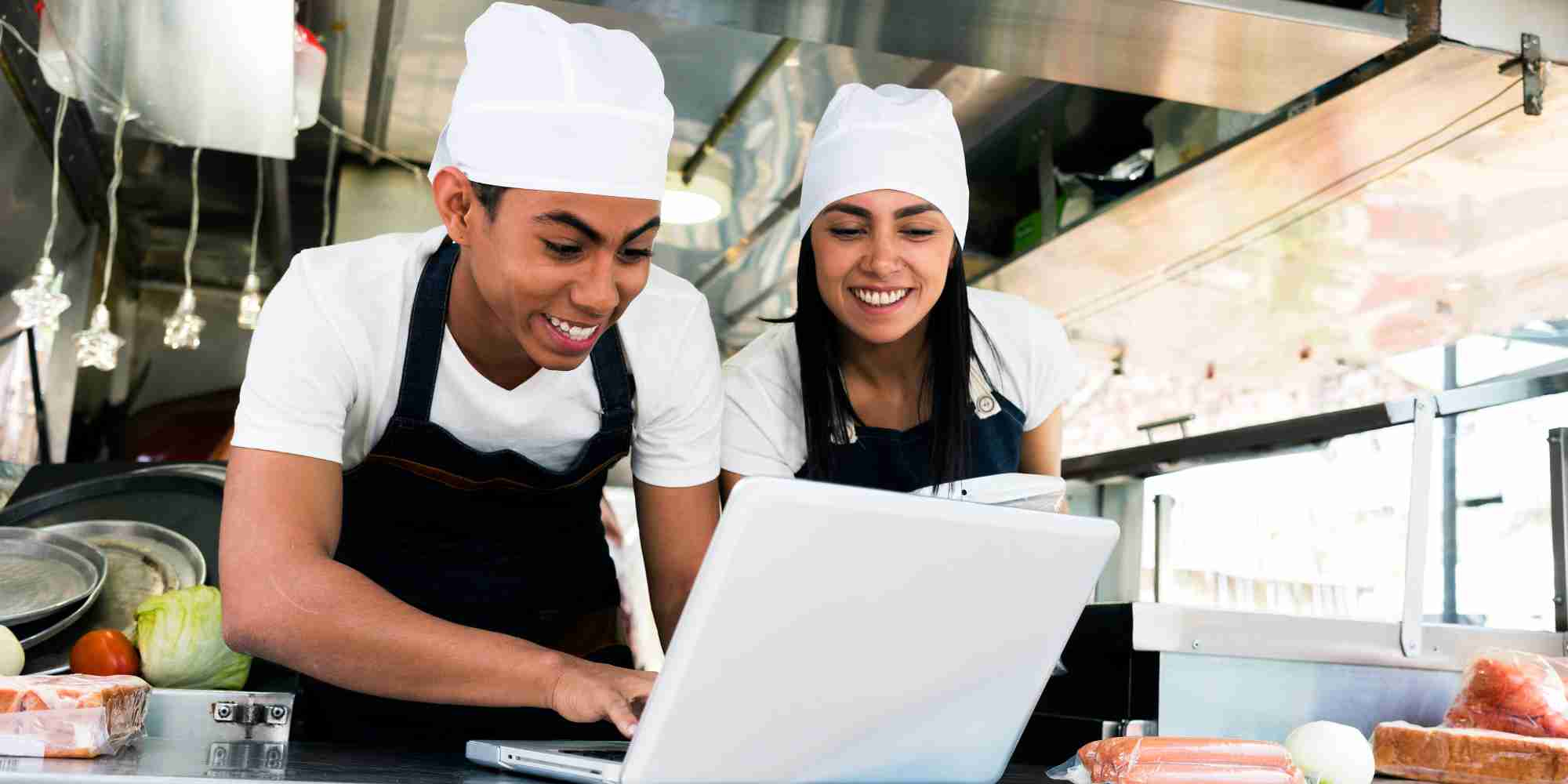In an era where convenience and efficiency are paramount, restaurant technology has emerged as a pivotal force in redefining the dining experience. From innovative restaurant technology that streamlines operations to technology for restaurants that enhances customer interaction, these advancements are revolutionizing how services are delivered and enjoyed. The importance of integrating new technology in restaurants extends beyond operational efficiency; it signifies a transformative shift in the hospitality landscape, marked by personalized service, increased engagement, and a seamless connection between the diner and the kitchen.
This article will explore the evolution of restaurant technology, highlighting key technologies transforming dining experiences, including recent restaurant technology trends and solutions. It will delve into the benefits of modern restaurant minimum-wage technology, such as improved customer satisfaction and operational efficiencies, while also addressing the challenges and future prospects of these innovations. By examining the latest in restaurant technology services and the adoption of new restaurant technology, readers will gain insight into how these advances are setting new standards in the culinary world, promising a future where dining out is not just about the food, but about an enriched, technologically-enhanced experience.
The Rise of Smart Restaurant Technology
Restaurant technology has evolved since the days of basic cash registers. These days, cutting-edge tools are changing every part of eating out. From the second diners step inside to when they head out, game-changing innovative restaurant technology are key players in the experience.
Streamlining Operations with POS Systems
POS (Point-of-Sale) systems aren’t new, but the latest restaurant tech has stepped up their game. These days, POS systems do way more than just handle payments. They keep tabs on stock, spot sales patterns, and even work with online ordering stuff. This cool tech gives restaurant owners a live look at what’s going on, which helps them make smart choices and simplify how things work.
Must Read: How Restaurant Technology Solutions Can Help Peak Hour Operation in Restaurants
Enhancing Customer Interaction with Self-Service Kiosks
Self-service kiosks are a great example of clever restaurant tech. These machines let people order food without talking to a server, which cuts down on waiting and makes orders more accurate. Fast food places have gotten a lot better because of this new idea. They can now serve more people . For people who own restaurants, this means customers are happier and they might sell more food.
The Impact of Mobile Ordering and Payment Systems
Mobile ordering and payment systems have become indispensable restaurant technology trends. Customers now expect the convenience of being able to order their meals through an app and pay using their smartphones. This technology in the restaurant industry not only improves customer satisfaction but also increases the speed of service. For restaurant owners, implementing mobile ordering systems can lead to higher order volumes and increased customer loyalty.
Improving Kitchen Efficiency with Restaurant Technology Solutions
The back of restaurants has also gotten better with new tech. Kitchen display systems (KDS) take the place of paper tickets. They show orders on a digital screen in real time. This cool tech helps kitchen staff handle orders better, cut down on mistakes, and make eating out more fun.
Benefits of Modern Restaurant Technology
Enhanced Efficiency
Modern restaurant technology significantly streamlines operations, from order taking to payment processing, leading to faster service and reduced wait times. The adoption of digital menus and mobile ordering systems allows for real-time updates and seamless customer interactions, which not only speeds up the process but also increases table turnover rates. This efficiency allows restaurants to serve more customers and ultimately boosts revenue.
Improved Customer Satisfaction
Technological enhancements in the restaurant industry have greatly improved the dining experience for customers. Restaurant technology like self-service kiosks and tableside tablets reduce wait times and empower customers with direct control over their ordering, creating a more satisfying and frictionless dining experience. Additionally, contactless payment systems and digital feedback tools enhance the convenience and security of transactions, leading to higher customer satisfaction and loyalty.
Data-Driven Decisions
The integration of advanced analytics and management software in restaurant operations allows for better data collection and analysis. This data-driven approach enables restaurant managers to make informed decisions that optimize menu offerings, adjust staffing levels, and improve overall restaurant efficiency. By leveraging sales data and customer feedback, restaurants can tailor their services to meet consumer demands more effectively, thus enhancing profitability and customer retention.
Challenges and Future Trends
Integration and Implementation Challenges
The integration of advanced technologies in restaurants presents significant challenges. Restaurants face difficulties in merging modern online ordering platforms with traditional point-of-sale systems, often resulting in disjointed systems that comprise of both staff efficiency and customer satisfaction. The complexities increase with multiple software systems handling inventory management and direct ordering, leading to delays and inaccuracies in real-time updates. Additionally, the costs associated with integrating multiple technology solutions can be substantial, encompassing hardware purchases, software licensing, and staff training, which often competes with other critical expenses.
Must Read: 7 Ways Restaurant Technology is Transforming the Industry
Future Innovations to Watch
Despite these challenges, the horizon is bright with potential innovations that promise to refine and redefine the use of technology in dining experiences. Advances in AI are set to enhance the reliability and robustness of systems, making them less prone to errors and more adaptable to changes in input data or operational conditions. Moreover, the development of AI systems that align more closely with human values and ethical standards is gaining traction, aiming to ensure that technology advancements benefit all stakeholders without perpetuating biases or inequalities. Additionally, the integration of augmented reality (AR) and voice-activated systems is expected to transform customer interactions by providing more engaging and accessible ordering experiences.
Conclusion
Throughout the exploration of restaurant technology, it’s evident that these advancements play a crucial role in shaping the future of dining experiences. From the integration of sophisticated point-of-sale systems to the surge in contactless payments and online ordering platforms, technology has not only streamlined operations but also significantly enhanced customer satisfaction. These innovations, by fostering operational efficiency and creating a more personalized dining experience, underscore a transformative shift in the hospitality landscape. As restaurants continue to embrace these key technologies, they set new standards for service excellence, proving that the future of dining extends far beyond the mere act of enjoying a meal but encompasses a technologically enriched experience that delights and engages on multiple levels.
Looking ahead, the challenges of technology integration and the potential of future innovations, such as artificial intelligence and augmented reality, indicate a continuous evolution in how restaurants operate and interact with customers. Despite the hurdles of implementation, the forward momentum of technological advancements promises to offer even more sophisticated solutions to enhance dining experiences. As the industry adapts to these changes, it will be imperative for restaurants to stay at the forefront of innovation, ensuring they meet the evolving expectations of their customers. In doing so, they will not just survive but thrive in a competitive and ever-changing landscape, where technology and tradition blend to create unforgettable dining moments.








Leave a Reply